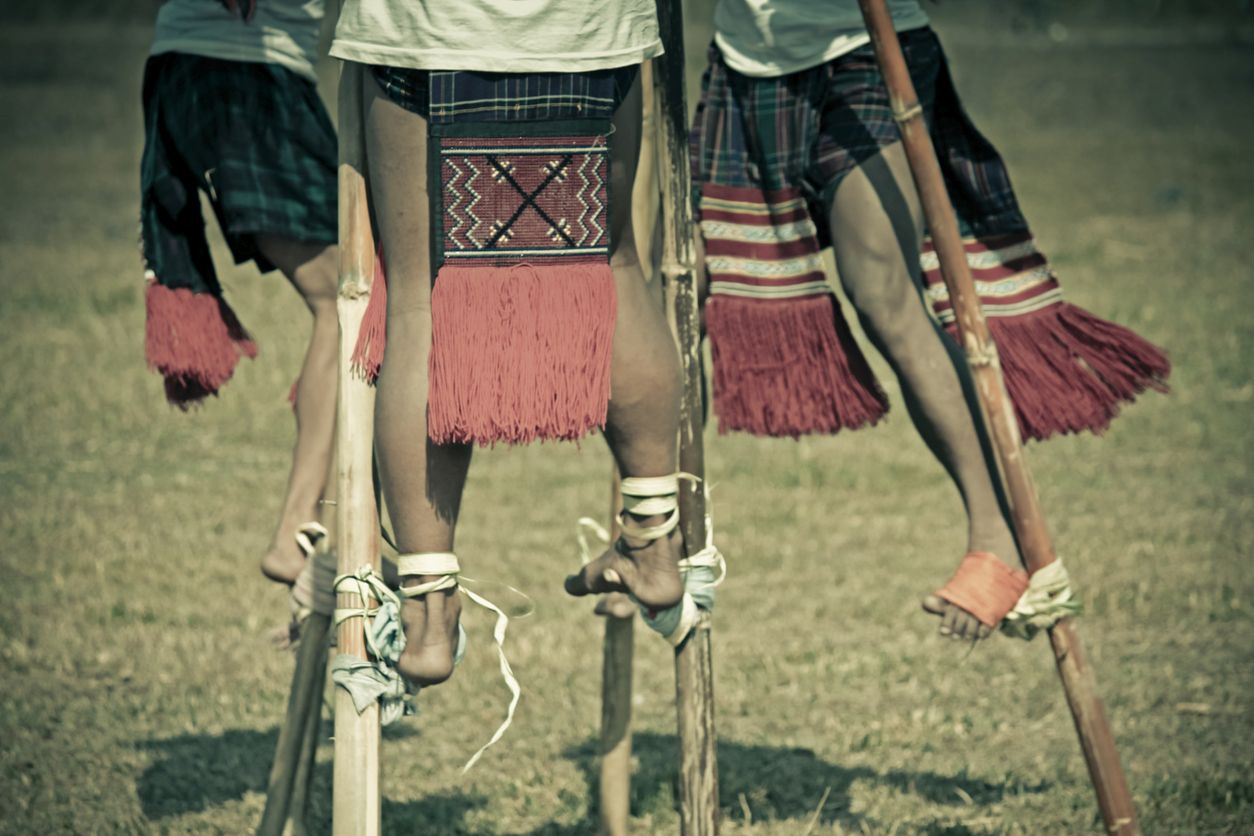
COVID wave infiltrates Karnataka tribal hamlets, hits livelihood hard

While a large part of the tribal belt in Karnataka’s Chamarajanagara, Mysuru and Kodagu region remained unaffected in the first wave of the COVID-19 pandemic, they have been severely left battered by the second wave, with several hamlets reporting cases in the past week.
In Biligiriranganabetta panchayat in the hilly areas in Chamarajanagar’s Yelandur Taluk, about 180 km from Bangalore along the Tamil Nadu border, at least 15 tribals belonging to Soliga community contracted the infection over the past week.
In another block, Kanneri Colony in the same district, two cases were reported among the Jane Kurubas community. In Hassan’s Angadihalli at least four cases were reported in a locality where Hakki Pikkis lived, according to panchayat officials in these tribal villages.
Related news: Second COVID wave killed 270 Indian doctors, 50 died in single day: IMA
Speaking to The Federal, Prathip Kumar S, the newly elected panchayat member at Biligiriranganabetta said out of the 15 people down with COVID, eight have recovered and the rest are under home isolation.
Kumar says the tribal village remained unaffected in the first wave due to strict restrictions imposed by the government and the panchayat. However, as the temple opened as part of Unlock measures, people from neighbouring districts started thronging it. The priest was the first to contract the disease, which soon spread to others in the village.
“None of them required hospitalisation. These cases came from five to six families and the panchayat officials. Asha workers ensured that the affected followed the COVID protocols,” Kumar said.
“The local authorities were appraised and beds were arranged in Yelandur (taluk), in case there was a need,” he added.
Question of livelihood
But beyond the COVID crisis as a healthcare issue, the lack of livelihood opportunities as a fallout of the economic downturn and restrictions imposed by the state due to the COVID-19 pandemic, has worried villagers.
Many used to go to the forest to collect forest produce like honey, wood, grass, fruits and green veggies and sell them in the local market to make a living. Some worked in the agriculture fields as farm labourers. In the Kodagu region, the tribals worked in coffee plantations. But with the imposition of COVID restrictions, many are unable to find work and even the MGNREGA jobs haven’t come to their rescue.
S Srikanth, director of Hunsur-based NGO Deed (Development through Education), a non-government organisation that works closely with tribal communities, says the government should focus on helping tribals with financial aid than just focusing on the pandemic.
“Many tribes have been thrown out of forestland and not been rehabilitated over the years. So they venture out to work in towns and risk infection. Many struggle to even find a square meal,” Srikanth said.
While the nutritional aspect is taken care of with ration supply, Srikanth says it’s given only for six months and tribals have to fend for themselves for the rest of the six months, which makes it difficult in COVID times.
“The government even reduced the supply of rice in the past month. So many tribals, particularly the Jane Kurubas and Kadu Kurubas in Chamarajanagar, Mysuru belt struggle to make a living,” he adds.
Besides, with schools remaining shut, he says nearly about 22,000 schoolchildren who were dependent on mid-day meals schemes and scholarships, have been left in the lurch.
Tribes hesitant to vaccines
Vaccine hesitancy is yet another concern among these tribes. Many panchayat members across these villages say the tribals, misguided by misinformation spreading rapidly in these villages, fear the vaccine would make them sick. Even as India and Karnataka grapple with vaccination shortage, vaccine hesitancy is rising at an alarming rate in the hinterlands.
Nanjundaswamy in Yeragaballi village says only about 30 per cent of the eligible villagers (above 45) have come forward to take the vaccines and the rest still have fears. “As there are rumours and a couple of cases where people have died after taking vaccines, a sense of fear lingers in surrounding villages. We are taking measures to educate them, but it may take a while for us to convince them,” Nanjudaswamy said.
Not just in Karnataka, tribal villages in other states have seen cases in the second wave of COVID.
The Print recently reported how a COVID-19 patient in a tribal settlement in Telangana’s Nalgonda district had to isolate on a treetop for nearly two weeks due to lack of space at home.
Related news: COVID sweeps across small towns, rural areas in Tamil Nadu
With cases spreading in rural and tribal areas in the second wave, the health ministry on Sunday (May 16) released a fresh set of guidelines on containment and management in peri-urban, rural and tribal areas. The ministry asked the states to strengthen primary level healthcare infrastructure at all levels and form village health and sanitation committees and leverage the existing capacity in tele-consultation.


